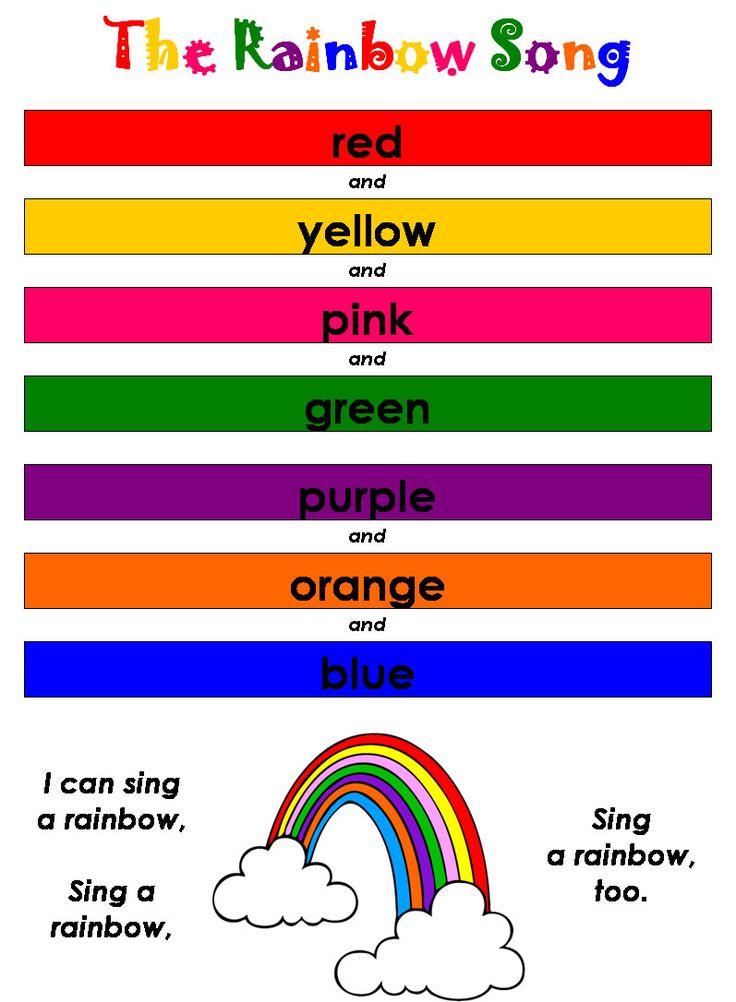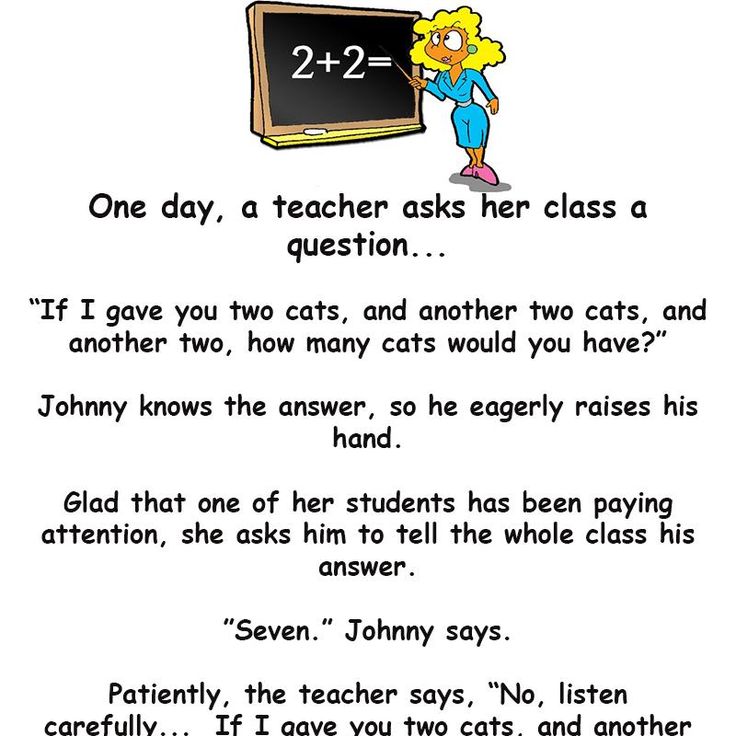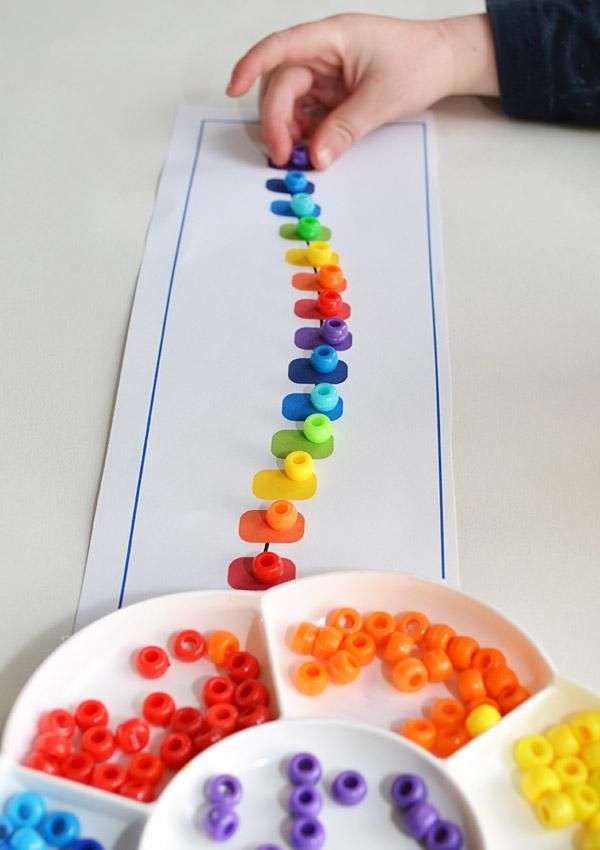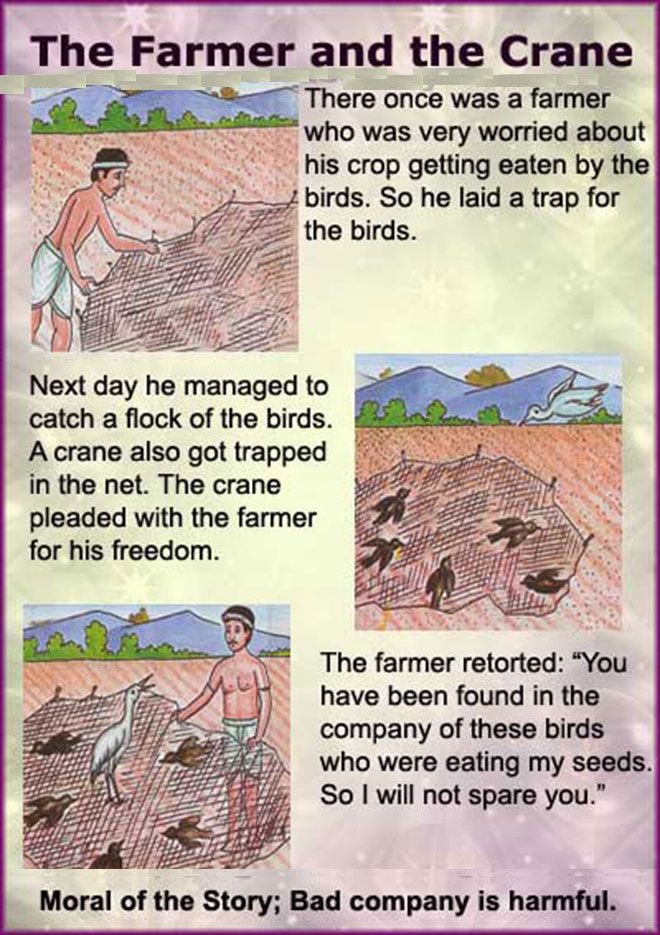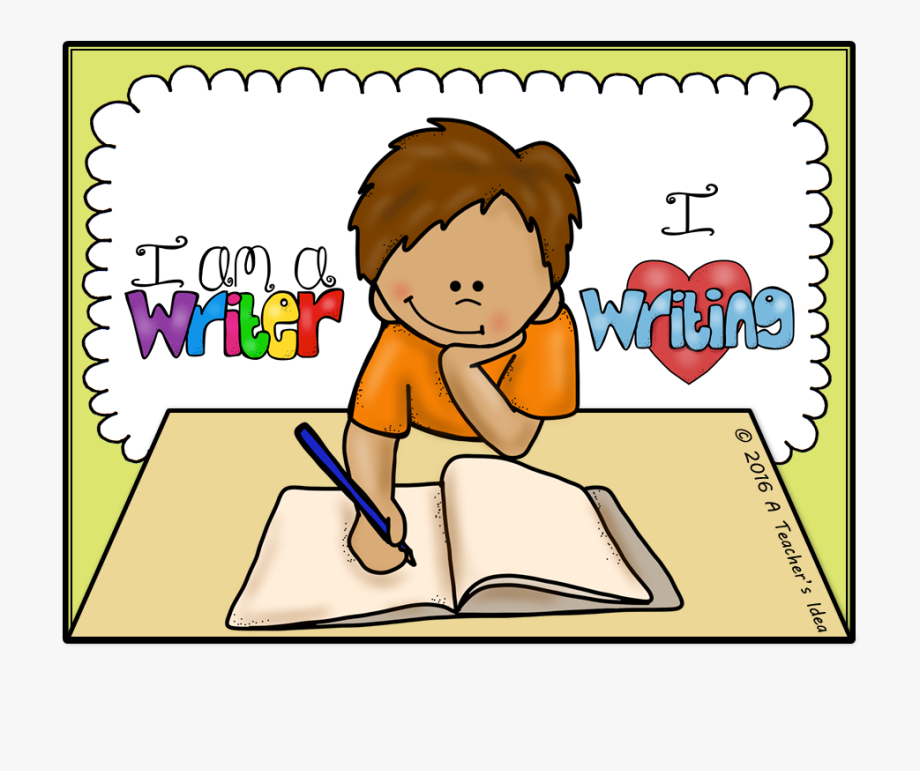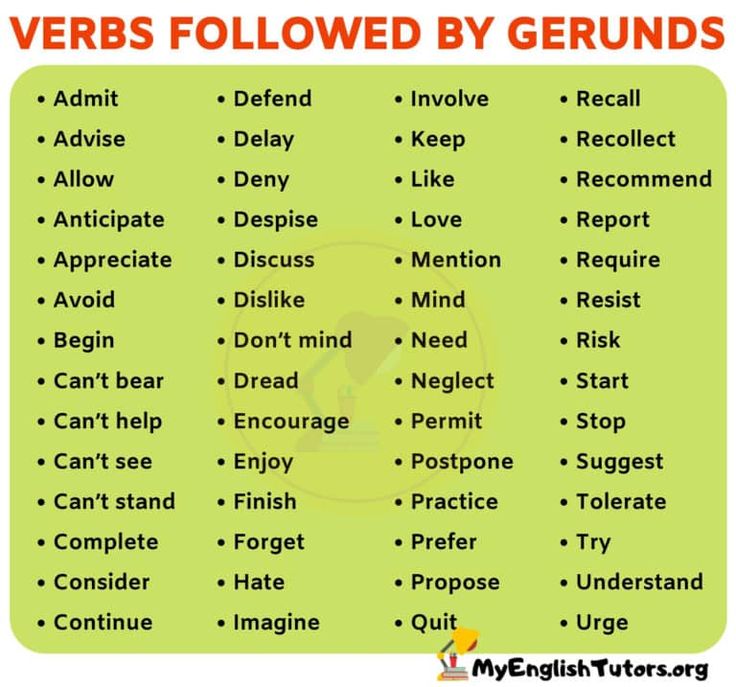Teaching long vowel
13 Awesome Ways To Teach Long Vowel Sounds
Long vowel sounds can be confusing for young readers and writers, because of the multiple ways of spelling them. But practicing long vowel sounds doesn’t have to lead to long faces.
Start with the basics. Introduce the vowels one at a time. Once students are familiar with the vowels, you can introduce various spellings. Try this simple 6-step process.
- Say three words with a long vowel sound. (I’ll use A as an example.) Lake, pail, hay
- Ask: What vowel sound do you hear? Students should recognize the long vowel sound you are working with.
- Write each of the words you said on the board—lake, pail, hay.
- Underline the long A digraph—lake, pail, hay.
- Explain that there are different ways to spell the long A sound.
- Ask if students can think of other words with the long A sound. Write them on the board, grouping them with the correct spelling pattern.
Once you go over the basics, there are a lot of activities and games to keep practice fun!
13 ways to practice long vowel sounds
Use these phonics activities and games focused on long vowel sounds for small group work, a literacy station, independent work, or homework to consolidate skills.
1. Match up
Give students pages with images that show words with long vowel sounds and the words themselves. Have students draw a line to match the word and image that go together.
2. Sort the words
Give students a set of word cards, or give them a sheet with all the words and have them cut out the words. Then have them sort the words based on how the long vowel sound is spelled. They can do this by putting cards with the same long vowel spelling together.
Another way to sort words, which gives students more practice writing the words is to have them sort into a grid. Create a grid with the different spellings at the top. For example for long E you would write:
e ea ee ey y
You can print these on a worksheet or set up individual white boards.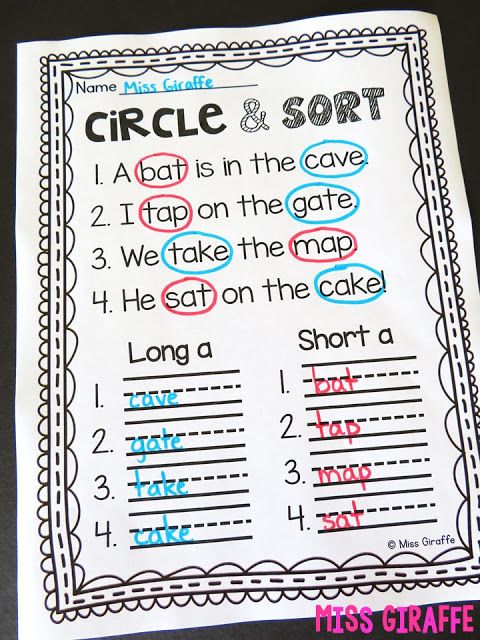 Give students a list of words and have them write the words in the correct section.
Give students a list of words and have them write the words in the correct section.
3. Draw the words
Divide a paper into 4–8 boxes. Print one word from your long vowel word list in each box, leaving plenty of room for a drawing. Then ask students to draw a picture to represent each word. If any pictures seem way off the mark, ask students to tell you about the picture to make sure they understand the word.
4. Draw and match
Read each word aloud and give students time to draw the words. Then give them a sheet with all the words listed. Have them cut each word and glue it next to the correct picture.
5. Choose the correct spelling
Write two or more spellings for words with a long vowel sound on the board. For example, write:
rane rain rayn
Ask a student to circle the correct spelling. Repeat with another set of words. As you find correct spellings, you can also sort them according to how the long vowel sound is spelled.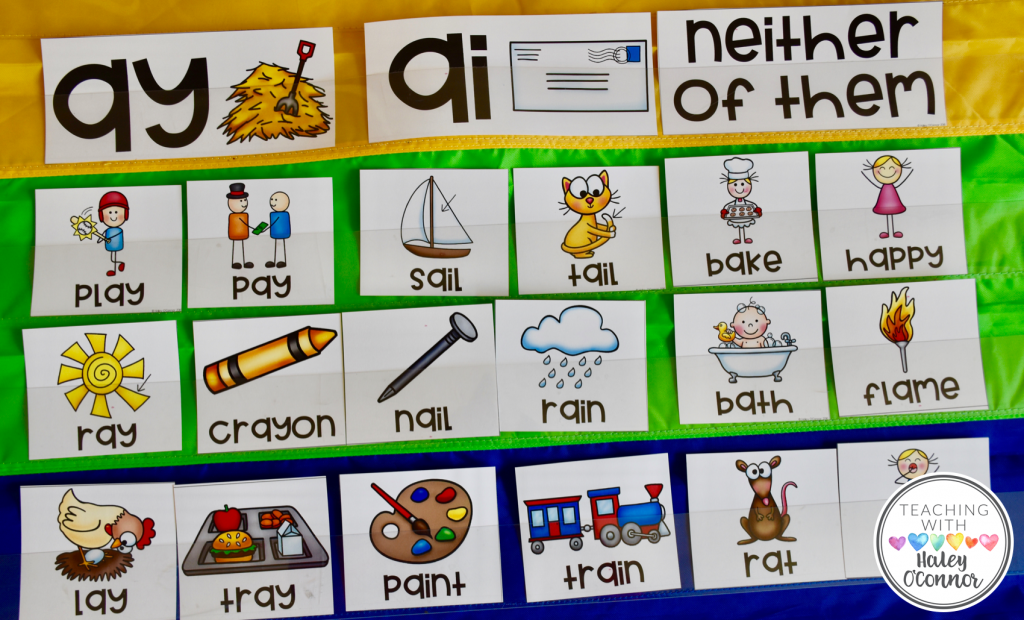
6. Complete the word
Say one of your long vowel words. If you’re working on long O, try this list: old, gold, domino, broken, boat, goat, coat, soap, loaf, snow, bow, arrow, pillows, bone, rose, globe, hose, home, toes, Joe.
Write the word without the long O digraph. Have students complete the word. They can do this on the board, paper, or individual whiteboards. I like using individual whiteboards, because it is easy to scan to see if students are struggling.
7. Word hunt
Create a word search using the long vowel words you have reviewed. Online word search creators make it easy—just enter the words you want to use and the tool will generate a word search for you.
8. Read and write
Make a worksheet of a short list of long vowel words you want your students to practice. Have students read the words, underlining each sound as they say it. Then have them say each sound as they write it. Finally, have them write and say the full word.
9. Finish the sentences
Write several sentences, each with a blank for the missing word. Students should complete each sentence with one of the words from your long vowel word list.
10. Fluency board
Create a fluency board using long vowel words. Time your students for 30 seconds and see how many words they can read in that time. If they finish reading the board, then they read it again until the time is up. Get them to record how many words they read in the time.
11. Sound bingo
This is a great alternative to spelling tests! Create a bingo board with alternate spellings of the long vowel sound you are working on. Then as you read your long vowel words, students write them in the correct box. Once they get a full row, column, or diagonal they get a Bingo!
12. Round and round word sort
This game is for a small group. One student chooses a long vowel word from your list and writes it on their whiteboard or paper.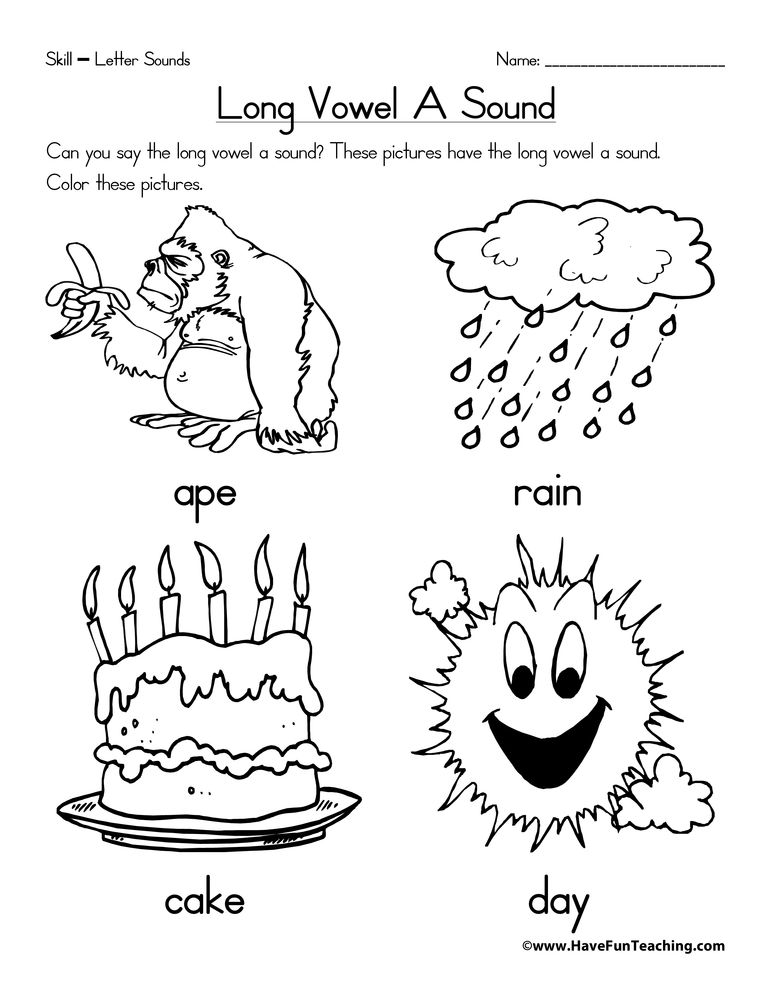 The next student chooses another word that has the same spelling pattern for the long vowel. So if the first student said bike, the second student could say line. Each student should say and write the word. When students have no more words for a particular pattern, the next student starts with a new word with a different spelling of the long vowel.
The next student chooses another word that has the same spelling pattern for the long vowel. So if the first student said bike, the second student could say line. Each student should say and write the word. When students have no more words for a particular pattern, the next student starts with a new word with a different spelling of the long vowel.
13. Unjumble the words
This is a good activity when students are familiar with your words. Scramble the words and have students write the word correctly. Unjumble the words worksheets are great for independent work, phonics or literacy stations, or homework. For a whole class activity, try writing a jumbled word on the board and having students unjumble it onto their own whiteboard.
Many of these activities can be done on the board as a whole class activity or with individual whiteboards. You can create bingo boards or worksheets with jumbled words or fill in the blank sentences. But there’s an easier way. I’ve put together activity packs for all the long vowel sounds: long A, long E, long I, long O, and long U. Each pack comes with posters and word wall cards, plus 10 activities and 3 games—all ready to print, copy, and laminate as needed.
I’ve put together activity packs for all the long vowel sounds: long A, long E, long I, long O, and long U. Each pack comes with posters and word wall cards, plus 10 activities and 3 games—all ready to print, copy, and laminate as needed.
If you’re after more phonics activities, The Complete Phonics Kit has you covered. You get:
- All the long vowel sounds kits
- 8 CVC word activity and game sets
- 2 sets of consonant blend cootie catchers
- 10 digraph activity sets
- 2 sets of one sound many spelling cootie catchers
- 3 sets of one sound many spelling phonics games
- Writing prompts
In all, you get more than 1100 pages of activities and games to support you in teaching phonics!
The Complete Phonics kit is ready for download—get yours here now!
https://topnotchteaching.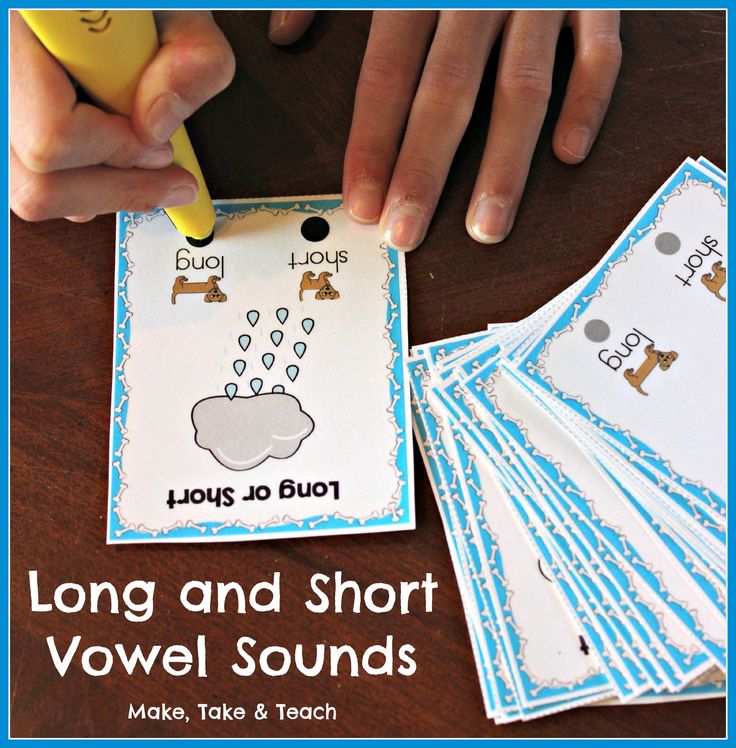 com/downloads/phonics-kit/
com/downloads/phonics-kit/
A Handy Guide to Long Vowel Sounds (+ 5 FREE Downloads)
by Marie Rippel
When you teach reading and spelling, it’s a good idea to have a general overview of long vowel sounds. Let’s dive in!
A long vowel is a vowel that is pronounced the same as its name. For example, the word emu starts with the long E sound.
Seems pretty simple, right? But did you know that long vowel sounds can be spelled four different ways and that each way follows a specific spelling pattern?
The overview that follows will help you see the big picture about long vowel sounds as you teach reading and spelling. Read on to discover these useful patterns!
Four Ways to Form Long Vowel Sounds
A vowel at the end of a syllable can be long.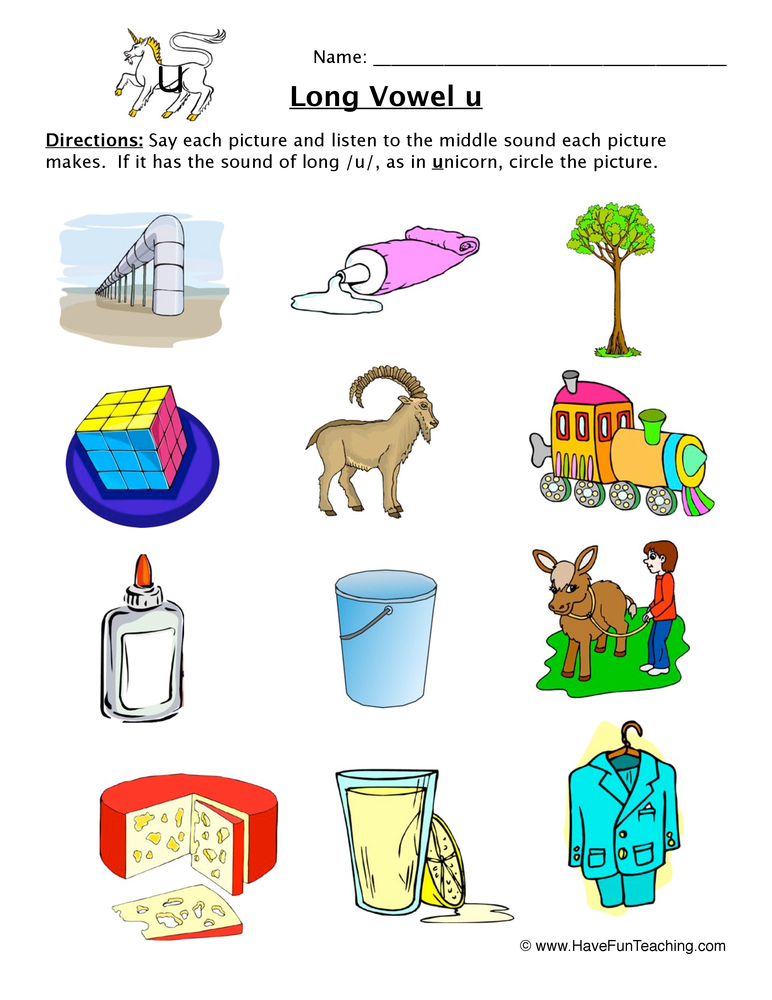
In the word we, as in We love emus, the vowel E is at the end of the syllable and says long E. In these words, the vowel at the end of a syllable is long: hero, hi, music.
Silent E can make the previous vowel long.
In the word cute, as in Emus are cute, the long U sound is formed by adding Silent E at the end of the word. Here are more words in which Silent E makes the previous vowel long: tape, shine, code.
Vowel teams can make long vowel sounds.
Vowel teams are two vowels that work together to make one sound. For example, in the word eat, as in Emus eat seeds, vowel team EA says long E. These words have vowel teams that make a long vowel sound: mail, sheep, soap.
I or O can be long when they come before two consonants.
In the word stroll, as in The emu went for a stroll, the letter O comes before two consonants and says its long vowel sound.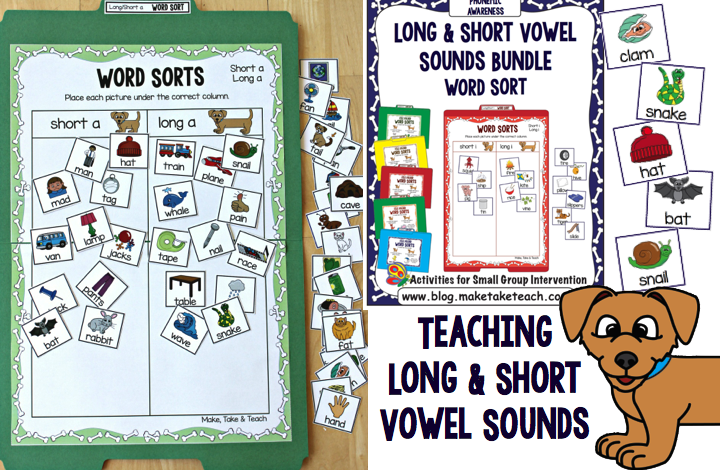 In these words, I or O are long before two consonants: kind, gold, child.
In these words, I or O are long before two consonants: kind, gold, child.
So there you go—the four basic patterns for spelling long vowel sounds!
Let’s Dive in a Little Deeper
The chart below illustrates the most common ways to spell the long vowel sounds.
Click to Download a Printable Chart!
Seeing these spellings all gathered in one place is enlightening for those of us who are already proficient readers and spellers. But I would only recommend using the chart for reference, or with an older student who has already mastered most of these phonograms. I would not recommend overwhelming a beginning student by teaching these spellings all at once. Instead, teach these basic patterns to students incrementally, one at a time.
Activities to Teach Long Vowel Sounds
Are you interested in seeing how we teach the four long vowel patterns in All About Reading and All About Spelling? Here is a sampling for you to download and enjoy!
Download “Be a Hero” Activity
(Vowel at the end of a syllable)
Download “Kit or Kite?” Activity
(Silent E)
Download “Wake Up the Sheep” Activity
(Vowel Teams)
Download “Find Gold” Activity
(I and O are long before two consonants)
The Bottom Line for Teaching Long Vowel Sounds
When it comes to teaching long vowel sounds, here’s what you need to keep in mind:
- Long vowel sounds can be spelled four different ways, each following a specific pattern.

- Teach these basic patterns to students incrementally, one at a time.
- Keep it fun! Use a wide variety of interesting activities to help your student learn the four patterns for forming long vowel sounds.
All About Reading and All About Spelling walk you and your student through all the steps needed to help your student learn to read and spell. The programs are multisensory, motivating, and complete with everything you need. And if you ever need a helping hand, we’re here for you.
What’s your take on teaching the long vowel sounds? Do you have anything else to share? Let me know in the comments below!
Looking for information on short vowels? Check out our Handy Guide to Short Vowel Sounds!
Long and short vowels in English
Longitude is one of the characteristics of a vowel sound, which shows the relative duration of its sound compared to other sounds.
Longitude can be positional and phonemic. In the first case, the duration of the vowel depends on the position in the word and stress, while this characteristic does not affect the meaning. The phonemic length of a vowel has a semantic function, that is, depending on the length of the sound, the meaning of the word changes.
Length of vowel sounds in English
In Russian, the length of vowel sounds does not affect the meaning of words and changes only depending on stress. In English, vowels differ not only in positional but also in phonemic length. This means that long and short sounds, similar in other characteristics, represent different phonemes. Words that differ only in these phonemes have different meanings: ship - sheep , fit - feet , pull - pool . Therefore, it is so important to pronounce long and short sounds correctly.
In transcription, long vowels are indicated with a colon: [i:], [α:], [ɔ:], [u:], [ә:].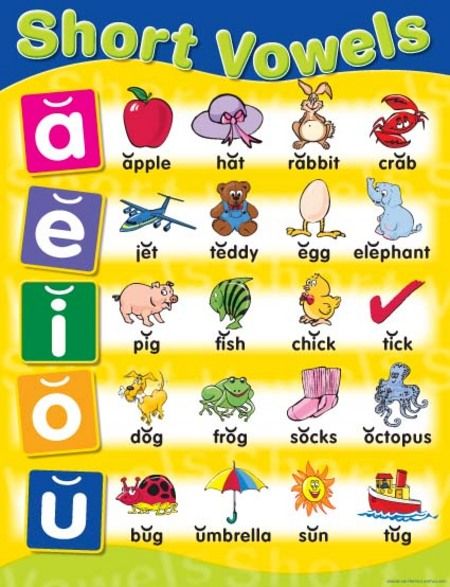 In some cases, long vowels in an unstressed position are reduced and become semi-long, which in transcription is indicated by one dot from above: [α ].
In some cases, long vowels in an unstressed position are reduced and become semi-long, which in transcription is indicated by one dot from above: [α ].
The long vowels listed above are opposed to short vowels, forming the following pairs in English:
- [i:] - [ı]
- [uː] - [u]
- [ɔ:] - [ɒ]
- [α:] - [ʌ]
- [ә:] - [ə]
The pronunciation of long and short English vowels often causes difficulties for Russian learners of English, since in Russian vowels do not have phonemic longitude, and we are not used to distinguishing the length of a vowel sound by ear. We often do not hear the difference between long and short vowels when listening to English speech. It is still not clear how long you need to draw a sound when speaking, so very unnatural, or almost inaudible, or too long vowels are obtained. It is impossible to correctly pronounce short and long sounds so that a native speaker hears the difference, even if you diligently shorten short vowels and stretch out long ones.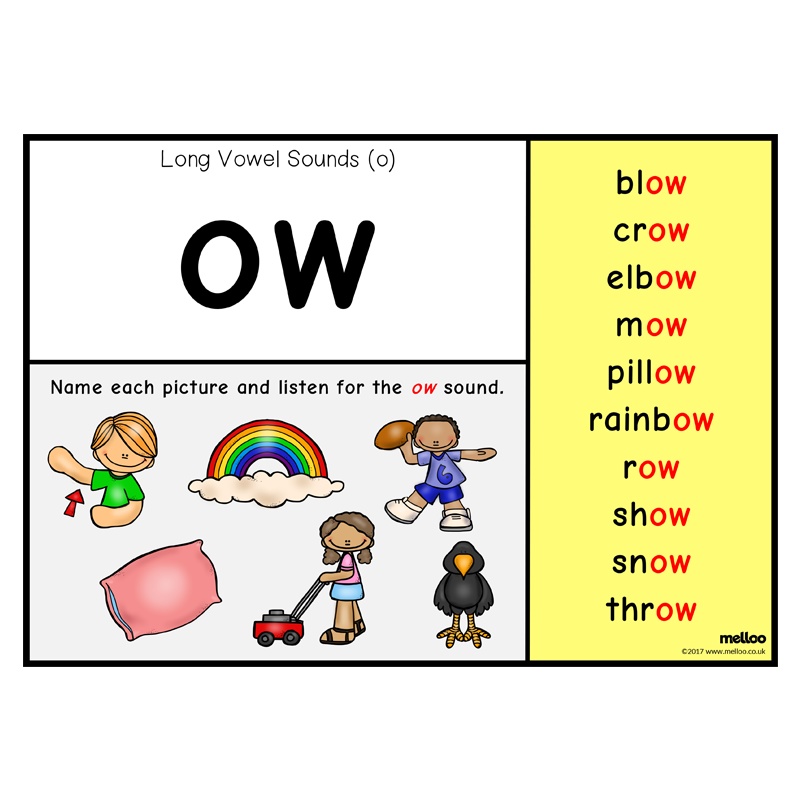
Sometimes it seems that native speakers themselves do not know the difference between short and long sounds, they seem to pronounce them the same way - but they themselves understand each other. But it's not. Let's see what are the differences between long and short English vowels, how to learn to hear them and how to train their pronunciation.
Differences between long and short English sounds
It is logical to assume that if vowels are called long or short, they differ in sound length. This is the main difference between them, but not the only one. It is important to understand that long and short sounds have other differences, which consist in articulatory features. This means that the sounds are not just of different lengths, they are also different in sound. And most often it is these articulatory features that determine the length of the vowel sound: the duration of the sound depends on the position of the tongue and the tension of the vocal apparatus.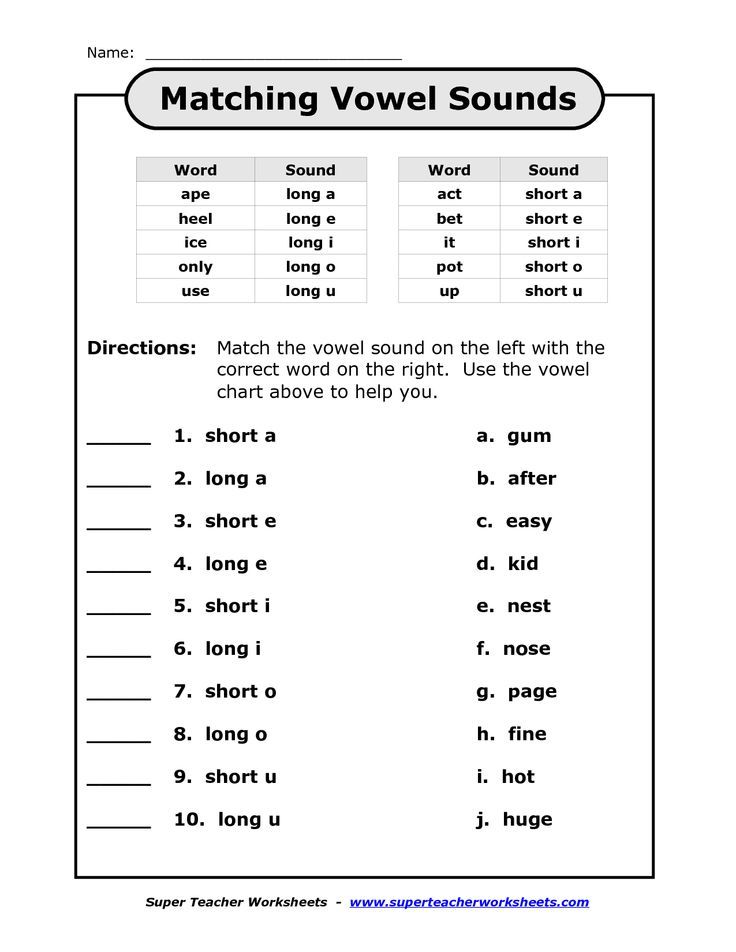
Long and short English vowels differ in such a characteristic as tension. Long vowels are tense, in English they are also called tense . When they are pronounced, the root of the tongue seems to be tense, under tension. The sound is pronounced, bright, rich, clear.
Short vowels are called lax – relaxed. The tongue in the region of the root is relaxed, the vowel sound is articulated quickly, easily, without additional effort, as if bursting. It turns out short, inconspicuous, faded and fuzzy.
Qualitative differences in sounds in different pairs of English vowels range from pronounced to almost imperceptible. It is easy to notice the difference between long and short sounds a: pay attention to how the words cart and cut are pronounced, they differ not only in duration, but also in sound. But the differences between long and short u are almost imperceptible: pool and pull sound very similar, only slightly different in length. The Scots generally pronounce them the same way, differing only in context.
In addition, the duration of the pronunciation of vowels is also affected by positional longitude - for example, stressed or unstressed position in a word. As a result, a short vowel sound in one word may sound longer than a long sound in another word.
Thus, it is not enough to rely only on the subjective duration of a vowel sound. All the features of short and long vowels described above must be taken into account when learning English. It remains to understand how to master the pronunciation of long and short sounds in practice.
How to learn to pronounce long and short English vowels
The main mistake foreigners make when pronouncing long and short English sounds is focusing only on duration. But with this approach, it is intuitively incomprehensible where the boundary between a long and a short sound passes: you can’t measure the length of a sound with a stopwatch. When trying to artificially lengthen or shorten a vowel, the sounds are unnaturally short or drawn out.
To learn how to pronounce long and short English sounds, you need to forget about the usual terminology "long" and "short". Try not to think about the duration of the sound at all. To correctly pronounce long and short vowels, you need to focus on their articulation, and not on duration. If we correctly reproduce the pronunciation of the vowel, then the duration will turn out to be correct automatically. Remember that long vowels require more tension at the root of the tongue, while short ones are pronounced without additional effort, easily and without tension.
Pay attention to how native speakers pronounce vowels - don't watch how long they draw them out, but watch the pronunciation, the articulation, the quality of the sound. Repeat, imitate, practice. For practice, it is best to use video lessons or a conversation with a native speaker, since audio materials do not make it possible to see articulation.
It is best to train long and short sounds not separately, but as part of words. First, this way you will note the influence of positional longitude on the duration of the sound in specific examples. Secondly, just as words are best learned in context, sounds are also best learned in the environment.
Practice pronunciation of long and short vowels in pairs of words to notice the difference between sounds, for example:
- Sport – hot
- Arm-cut
- See-hit
- Food-put
- Fur – ago
When you learn how to pronounce long and short vowels correctly in English, it will become easy to distinguish between them in speech. When listening to speech, forget about the differences in duration, pay attention to the qualitative differences in sounds - how intensely the vowel is pronounced, how bright or faded it sounds, how pairs of sounds differ from each other, except for duration.
Long and short vowels in English
- home
- Information
- Materials for learning English
- Phonetics
- Short and long vowels
language Materials for learning EnglishSection AlphabetPhoneticsGrammarProverbs and sayingsAphorismsVideo lessonsBooksHow to start learning EnglishOnline lessonsJokesAbout online learningInteractive lessons
language
- Materials for learning English
Section
- Alphabet
- Phonetics
- Grammar
- Proverbs and sayings
- Aphorisms
- Video lessons
- Books
- How to start learning English
- Lessons online
- jokes
- About online learning
- Interactive lessons
Phonetics is the science of sounds. You can read about it for a very long time, but what's the point of reading when you need to hear, distinguish and pronounce these same sounds? And of course, it's best when you repeat after the so-called 'native speaker' (native speaker). No offense to Russian-speaking teachers will be said, but still our speech apparatus is used to extract Russian sounds from birth. And in order to reconfigure it in an English way, it takes a lot of effort and time, which teachers often do not have enough of.
That's why we've put together short tutorial videos on English sounds from the BBC for you. This block is dedicated to long and short vowels. Just listen to them and repeat as many times as you can.
Short and Long Vowels
1. [u]
2. [I] - [I:]
3. [ʌ ʌ ʌ ʌ ʌ ʌ ʌ ʌ ʌ ʌ ʌ ʌ ʌ ʌ æ]
4. [əə ]
5. [ɒ]
6. [æ]
7. [i:] – [i]
8. [E]
9. [ɜː]
10. [ɔː]
11. [U:]
12
Did you like the article? Share it with friends
Select your city
Moscow
- Belomorskaya
- Kuzminki
- Kuntsevo
- New Cheryomushki
- Paveletskaya
- Prague
- Prokshino
- Solntsevo
- Khovrino
Moscow
region
- Balashikha
- Zhukovsky
- Lytkarino
- Lyubertsy
- Podolsk
- Pushkino
- Ramenskoye
- Gangway
Vladimirskaya
region
- Alexandrov
Site search
Site search
Enroll
in courses
By clicking on the "Send request" button, I consent to the processing of personal data and agree to the privacy policy
Enroll
for the trial exam
By clicking on the "Submit Application" button, I consent to the processing of personal data and I agree with the privacy policy
Leave your number
and we will call you back at a convenient time for you
Please introduce yourself * Contact phone number *Time 10:0011:0012:0013:0014:0015:0016:0017:0018:0019:00
Time 10:0011:0012:0013:0014:0015:0016:0017:0018:0019:00
By clicking on the "Call me back" button, I consent to the processing of personal data and agree to the privacy policy
Thank you, your application has been sent
Our manager will contact you shortly.

